Maya News Updates 2008, No. 48: Origin of Volcanic Material in Classic Maya Pottery at El Pilar Remains a Mystery
Since 1982 researchers have suggested that the volcanic ash used by Classic Maya potters had as its source the Mexican volcano El Chichón. In that year the vulcano erupted and spewed ash cloudes over the Maya area, as far as sites like El Pilar (and beyond). Similar events were projected into the past, as Maya potters had used volcanic ash during the seventh to tenth century A.D. at El Pilar. Recent geochemical research by geoarchaeologist Brianne Catlin provides a mineral signature of the ash as used in the El Pilar ceramic sherds, it consists of 78% silica. Ash from the 1982 El Chichón eruption is only 58% silica. Researchers are now searching for other volcanoes as the source of the volcanic ash, as was explained in a Science News article of Tuesday October 7, 2008 (edited by MNU):
Origins of Maya Pottery Material Remains A Mystery - [...] Researchers have long known that Maya of the Late Classic period, an archaeological interval that stretched approximately from 600 to 900 [A.D.], used a mixture of volcanic ash and clay to make pottery. Microscopic analyses of broken potsherds show that the ash particles are sharp-edged, indicating they were freshly erupted when the pots were made, says Brianne Catlin, a geoarchaeologist now at Hess Corp. in Houston. While at the University of California, Santa Barbara, she and her colleagues analyzed pottery fragments found at El Pilar, a Maya site near the Belize-Guatemala border, in an attempt to find the source of the pottery’s ash.
Very little soil covers the carbonate bedrock at El Pilar, and all of the ash layers found there are too old and chemically degraded to have supplied the ash used in the pottery, Catlin reported October 6 in Houston at the annual meeting of the Geological Society of America. Because the Maya pottery typically is both heavy and fragile, it’s unlikely that such items were imported. Instead, she speculates, ash was hauled in for local potters from other areas at great effort — especially considering the Maya had no roads, no pack animals and would have needed to import several tons of the material each year to produce enough everyday dishes and pottery for the site’s thousands of residents.
To see how various combinations of temperature and heating times affected the chemical composition of ash in pottery, Catlin and her colleagues fired pots using a 50-50 mixture of clay from the El Pilar site and volcanic ash of known chemical composition from California. In the tests, for example, the longer the pottery was fired, the more sodium was driven from the material. The hotter the firing temperature, the higher the calcium concentration became. Finally, the firing process didn’t affect the silica content of the pottery at all, Catlin notes.
The ash in the potsherds found at El Pilar is about 78 percent silica, the researchers found. That’s distinctly different than the composition of ash from El Chichón volcano, which lies about 375 kilometers west of El Pilar and spews ash that’s about 58 percent silica. Some archaeologists have suggested that material lofted from El Chichón was used in the Maya pottery, because an ash plume from a 1982 eruption wafted eastward and fell on El Pilar. But the new results don’t support that notion, says Catlin.
She and her colleagues are now analyzing ash from several volcanoes that lie between 350 and 400 kilometers southwest of El Pilar, to see if material spewed from those peaks has a chemical composition that matches the ash used in the Maya pottery. Besides being about 78 percent silica, that ash probably had a 0.4 percent concentration of calcium, the team’s tests suggest (written by Sid Perkins; source ScienceNews).
Very little soil covers the carbonate bedrock at El Pilar, and all of the ash layers found there are too old and chemically degraded to have supplied the ash used in the pottery, Catlin reported October 6 in Houston at the annual meeting of the Geological Society of America. Because the Maya pottery typically is both heavy and fragile, it’s unlikely that such items were imported. Instead, she speculates, ash was hauled in for local potters from other areas at great effort — especially considering the Maya had no roads, no pack animals and would have needed to import several tons of the material each year to produce enough everyday dishes and pottery for the site’s thousands of residents.
To see how various combinations of temperature and heating times affected the chemical composition of ash in pottery, Catlin and her colleagues fired pots using a 50-50 mixture of clay from the El Pilar site and volcanic ash of known chemical composition from California. In the tests, for example, the longer the pottery was fired, the more sodium was driven from the material. The hotter the firing temperature, the higher the calcium concentration became. Finally, the firing process didn’t affect the silica content of the pottery at all, Catlin notes.
The ash in the potsherds found at El Pilar is about 78 percent silica, the researchers found. That’s distinctly different than the composition of ash from El Chichón volcano, which lies about 375 kilometers west of El Pilar and spews ash that’s about 58 percent silica. Some archaeologists have suggested that material lofted from El Chichón was used in the Maya pottery, because an ash plume from a 1982 eruption wafted eastward and fell on El Pilar. But the new results don’t support that notion, says Catlin.
She and her colleagues are now analyzing ash from several volcanoes that lie between 350 and 400 kilometers southwest of El Pilar, to see if material spewed from those peaks has a chemical composition that matches the ash used in the Maya pottery. Besides being about 78 percent silica, that ash probably had a 0.4 percent concentration of calcium, the team’s tests suggest (written by Sid Perkins; source ScienceNews).



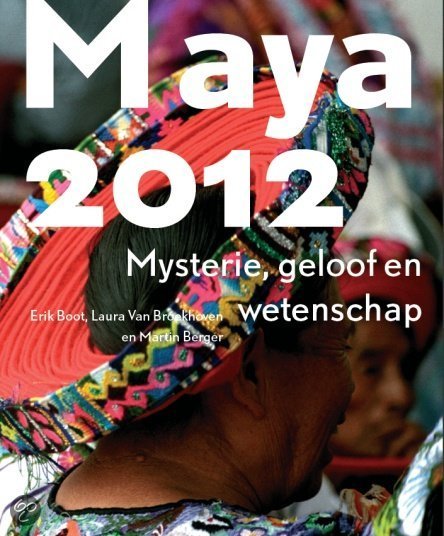



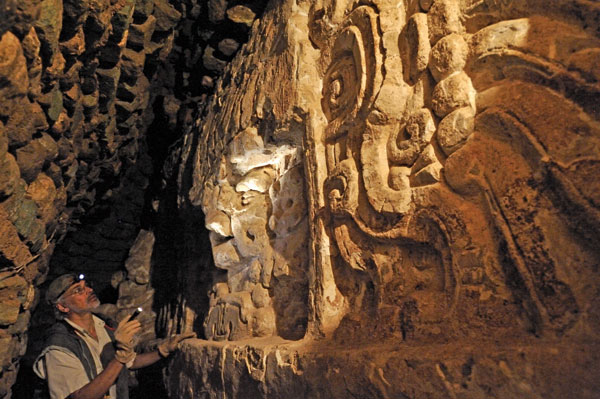
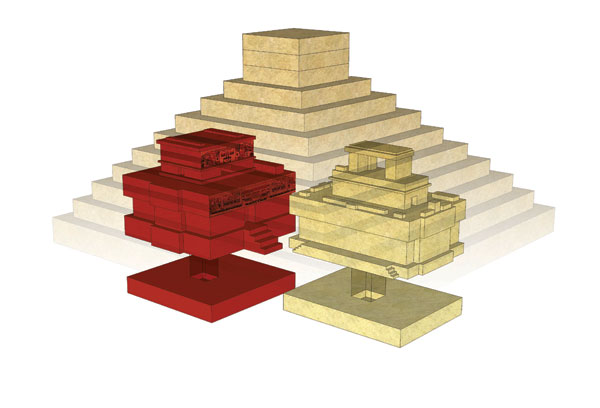
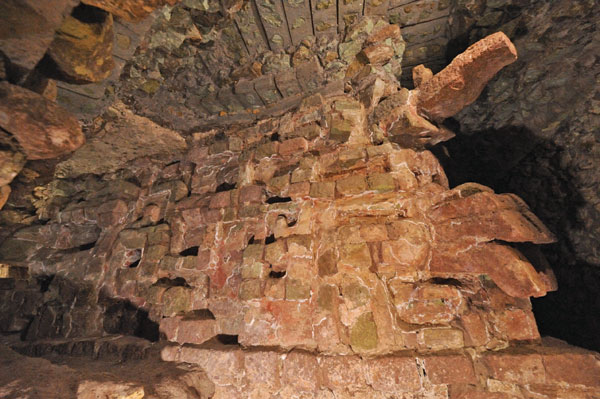





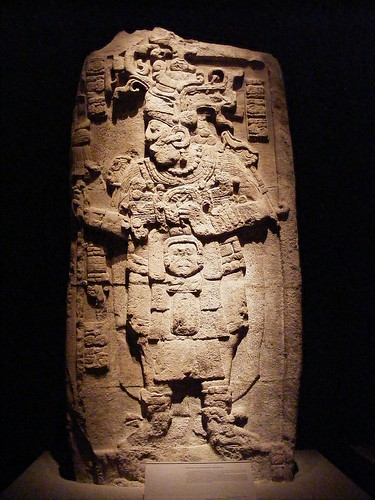


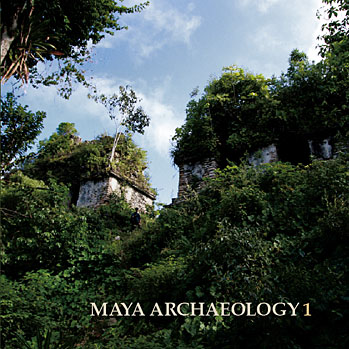









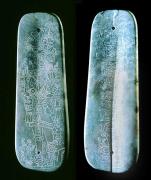
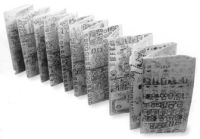

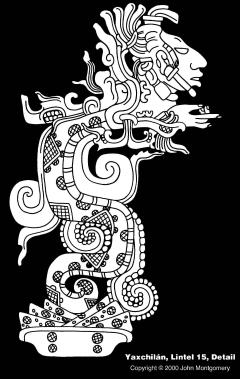

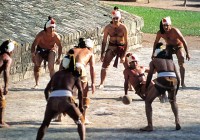


0 Comments:
Post a Comment
<< Home